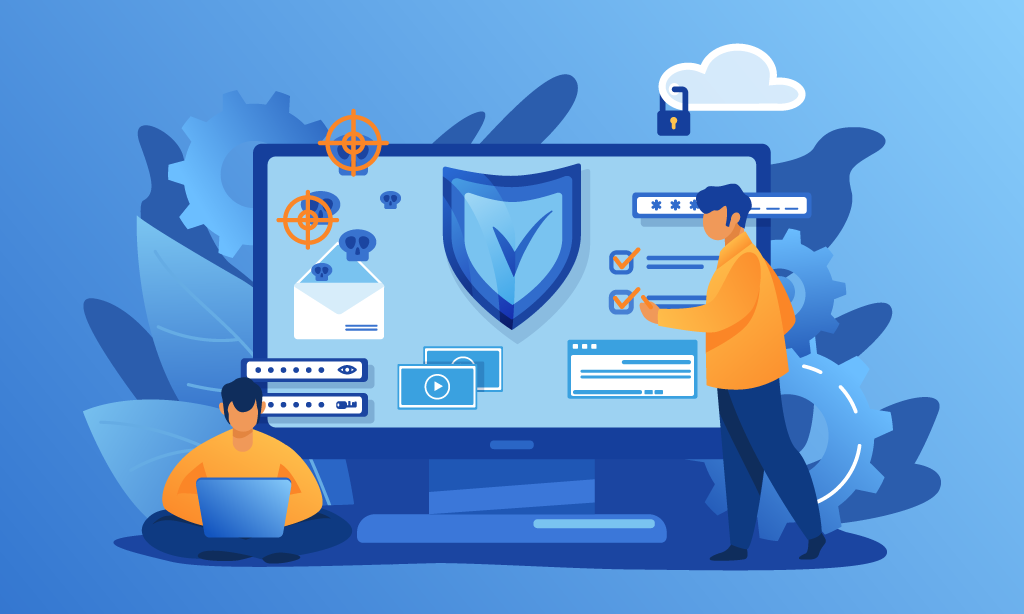
Post-COVID, due to an increase in remote working infrastructure, the percentage of user access has increased which gave rise to significant security issues to business web hosting infrastructure. Therefore, to safeguard sensitive data and mitigate potential cyber threats, businesses must follow certain security practices on their web hosting in NZ. But what are those practices?
In this article, we will understand the best practices one must adopt with the help of website providers to ensure safe and secure web hosting in NZ for their business.
Practices for a Secure Web Hosting Services
- Set Up Web App Firewall
Placing a Web Application Firewall is like appointing a guard at the entrance of your webpage that protects your website against any standard attacks. It scans all incoming traffic for any doubtful or malicious activity. Therefore, if someone tries to sneak in, they are blocked.
Furthermore, it protects against cross-web page forgeries, cross-web page scripting, and SQL injections.
It also maintains a record of all the attacks blocked by it so you can understand what is happening and make your webpage safer by configuring your web page with a more powerful guard.
- Protections Against DDoS Attacks
It is best to opt for a DDoS-protected server that can handle sudden traffic bursts without overwhelming your server. Furthermore, take steps to safeguard your databases from SQL injections by executing access rights limitations. If needed, stop any non-required services that cyber attackers could manipulate.
- Change the SSH Port
Rather than using the usual port 22 for SSH, change to a different one, i.e., a less common port number. This will help you to lower the risk of attacks, as most attackers keep their focus on popular port numbers. By making use of a non-standard port, you can add one more layer of web hosting security.
- Backup Plan
Every webpage must have a solid backup plan for a period of at least 30 days, as you never know what might hit or mess up your webpage data.
Backups act like a safety net and come in handy to help when things go wrong. For example, having a good backup can help when a nasty attack messes up a bunch of web pages on a shared server.
So, having a backup plan ready is good practice, like a superhero that comes to the rescue when your website is in trouble.
- Implement Password Policies
Easy passwords are extremely risky. Consider implementing two-factor authentication, which adds an extra layer of protection. Regularly keep on updating them for all user accounts to keep security tight.
- Create a List of IPs for limited access.
Make a list of approved IP addresses that limit IPs that can access the essential parts of your account.
Your team running your server should also stick to a list of trusted IPs when they are remotely using SSH. It is like extra protection to make sure only the trusted IPs get access, keeping everything safe and sound.
Conclusion
For security, follow these practices so you can keep your server clear of any significant cybersecurity issues that could slow things down for your webpage. Most importantly opt for a the most secure web hosting services provider that understands the importance of your website’s security and reliable hosting.




More Stories
Navigating Legal Avenues: The Role of a Personal Injury Lawyer
How to buy a used boat?
Change Management In Projects – 10 Success Factors